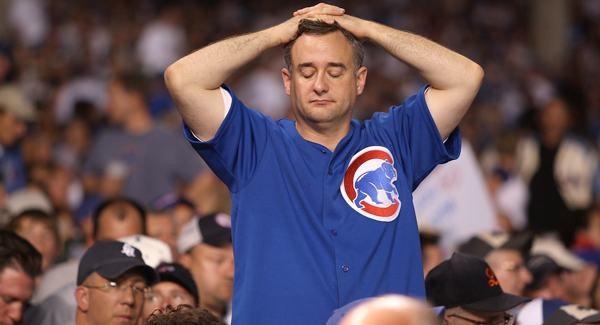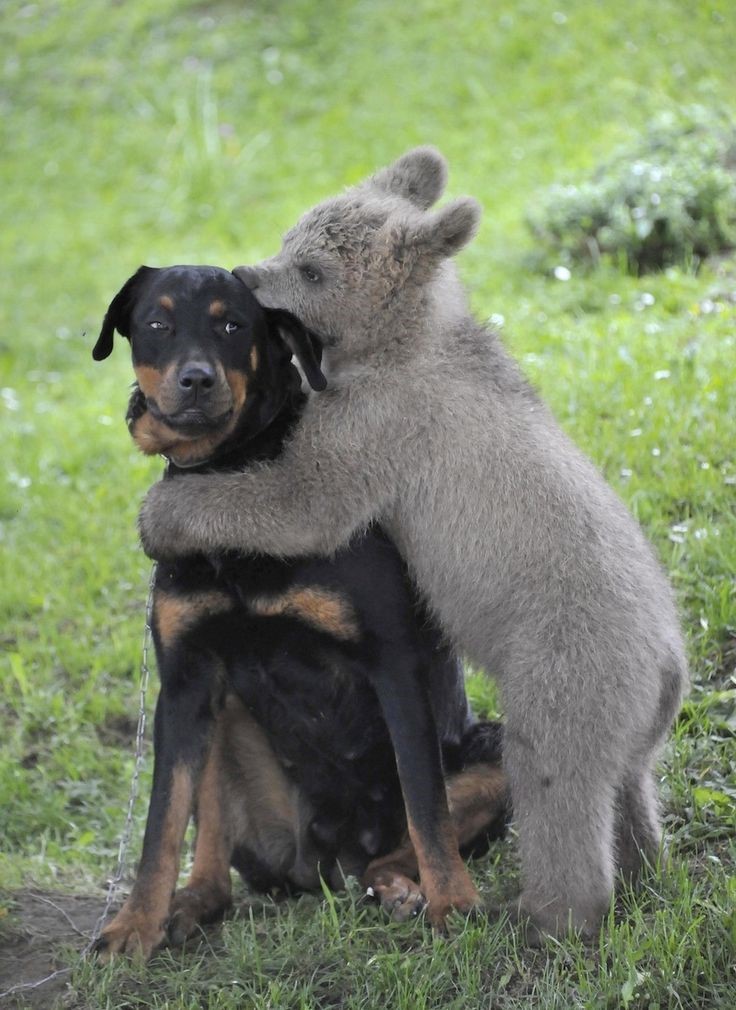
About a hundred years ago, the consciousness of American society was ensconced in a battle that was vigorously championed by early modern American leaders. Some of it was political. Some of it was moral. But all of it was passionate. Effectively the American leadership created a contest. Narrowly construed, this contest has become commonly understood as the fight of Preservation vs. Conservation. Preservation, where as a country we must remain committed to preserving our pristine lands from the effects of human intrusion – and conservation, which is generally understood to be harmony between man and land.
But, in the growing America of the late 19th and early 20 Century, with economic wind-falls to find or create, conservation was trimmed in its meaning even further – to become understood as “the greatest good for the greatest number of people.”
Preservationists jumped at this depiction – quickly but not quietly explaining to American society that preservation and conservation intersect where preservation is conservation. When preserving pristine lands and protecting them from contact by humans is, in fact, the greatest good for the greatest number of people – when we consider all the people of future generations!
And so, men like Aldo Leopold, Gifford Pinchot, Stephen Mather, and John Muir gave their loyalty, and their very lives, for their allegiances – and none of them would have said it was a sacrifice. They were living out what they believed. Leopold created the Land Ethic. Muir, who was a wilderness activist and naturalist, was also the 1st President of the Sierra Club. Sadly, Muir died shortly after losing the 10-year battle (in Congress) to save the Hetch-Hetchy valley, a pristine valley in Yosemite. In addition, Pinchot was the first Chief of the US Forest Service. And Mather was 1st Director of the National Park Service. But, they all conceded, in differing fashions, to allow their perspectives to be influenced by the expansion of their allegiances.
Think about your allegiances and your own moral compass. Where does your moral compass get its direction? What is important to you? Comfort? Or, Safety? What are your values? Relaxation? Or, Freedom? Does everyone have a “price?” If so, what is your price? How far will you go before you are willing to compromise what you believe – or, who will you give your allegiance to, today?
In the context of the sports and recreation participant-spectator – is it fair and safe to say that our allegiances have become fractured? If so, how is this good? Also if so, how is this not bad? And just how far do your allegiances run? Are you willing to paint your face? Are you willing to put on an Orange-Batman suit, ala Ron Burgundy? Will you yell and scream at the TV? Will you sell your…soul, or – stay to the bitter end?

Concomitantly, it may fairly be said that, as American culture, we have become anesthetized to our diluted allegiances. But to say that these compromised commitments are bad would be an overstatement. In global society, by developing multiple sports and recreation allegiances, we are also broadening our interests and abilities. And – we may find ourselves in uncommon, unexpected, yet delightful new opportunities!

By Dr. Rodney J. Blackman
Dr. Blackman is the Chair of Recreation Management at the United States Sports Academy, and can be reached at rblackman@ussa.edu.